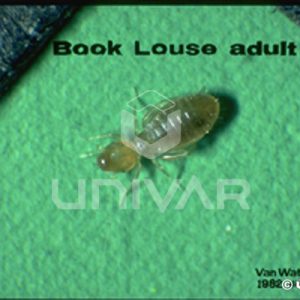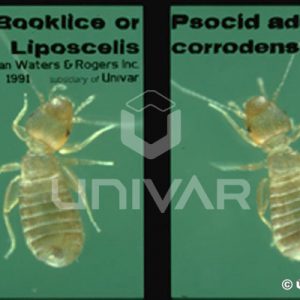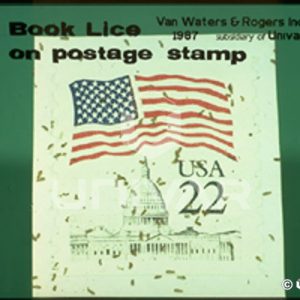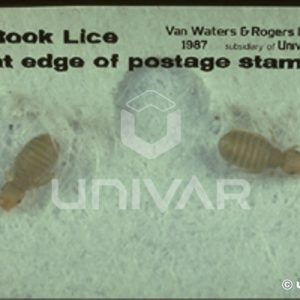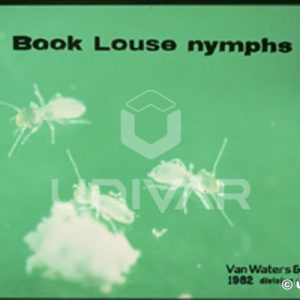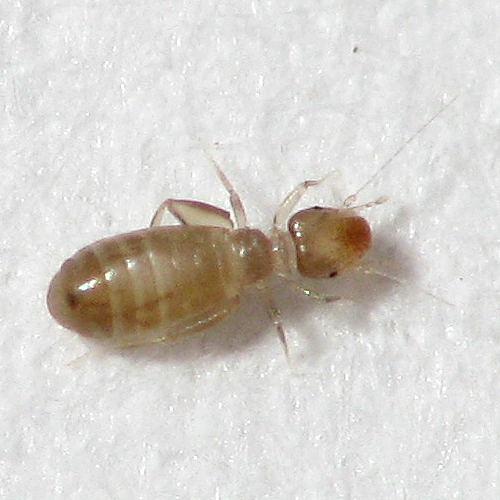
Common Name: Psocid
Latin Name: Liposcelis
Common Family Name: Psocids
Latin Family Name: Liposcelidae
Other Names: Book louse, bark louse, deathwatch
Origin: Not mentioned in literature, but currently some of the common U.S. species that are structural pests are also found throughout the world.
Biology: The psocids are commonly called book lice, a misnomer since they are not even closely related to lice. Relatives are called plant or bark lice and they infest foliage of trees and shrubs. A large species of structural importance is called the “deathwatch”, due to its habit of tapping its abdomen on the surface and causing an audible clicking sound. The primary food of booklice appears to be molds and fungi, and their presence in structures or in food will be caused by excessive moisture and the resulting growth of molds. For this reason they also may be found in books or other materials stored in damp conditions. They are prolific breeders, with females averaging 60 eggs in warm weather, and the interval from egg to adult less than one month.
Identification: The common species in structures are tiny, very light tan insects. They are wingless but very active crawlers. With magnification it is easy to see their very long, thin antennae, large round head, and round to oval abdomen. Their eyes are large and visible.
Characteristics Important in Control: The presence of psocids indoors usually indicates excessively moist conditions exist, and the control of this moisture will control the insect problem. Old foods may be infested, with sufficient but possibly invisible fungi growing on it to attract the psocids.
